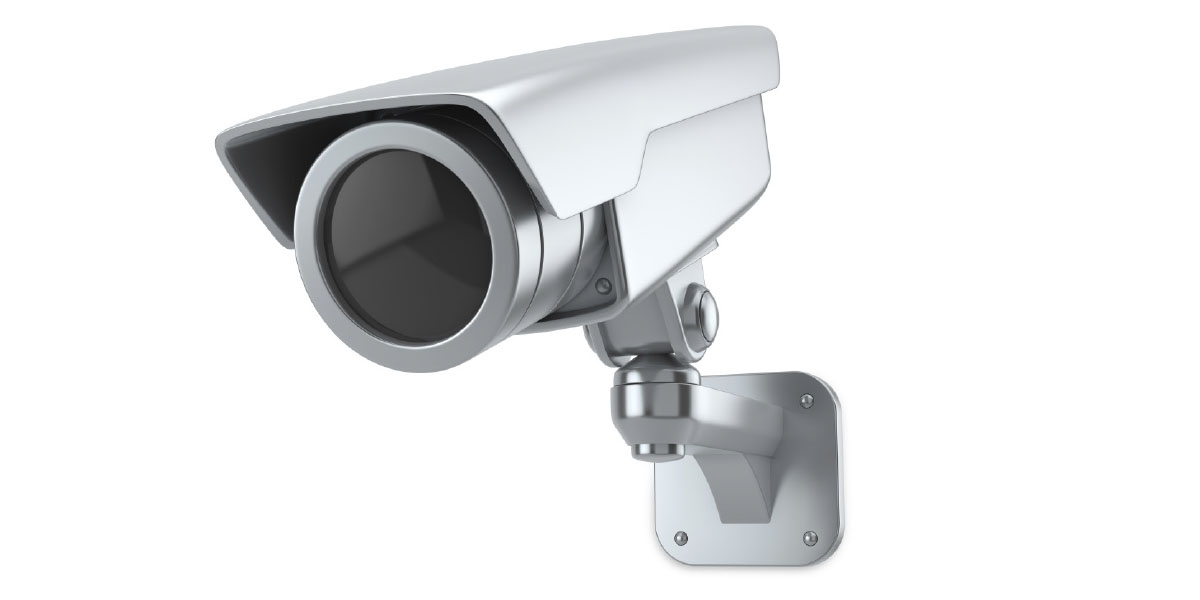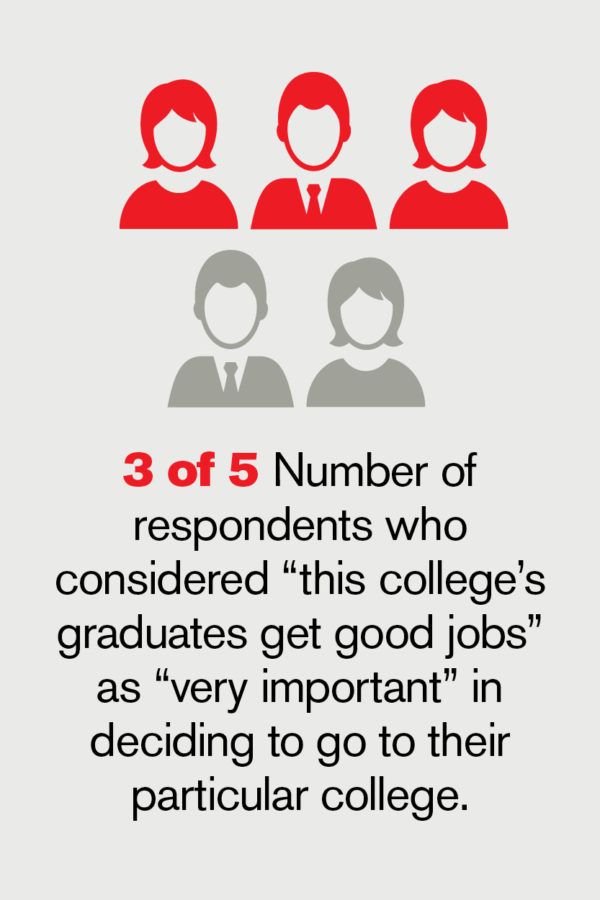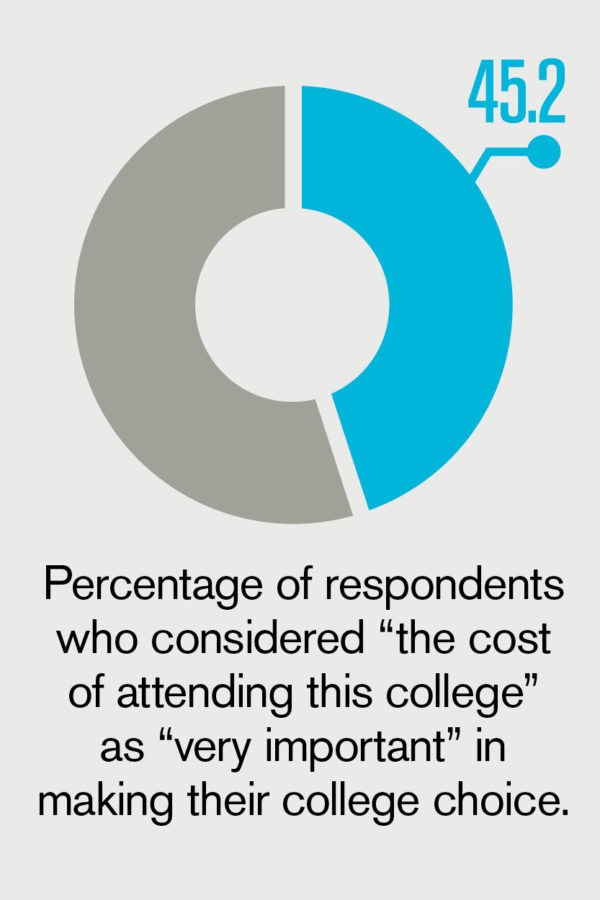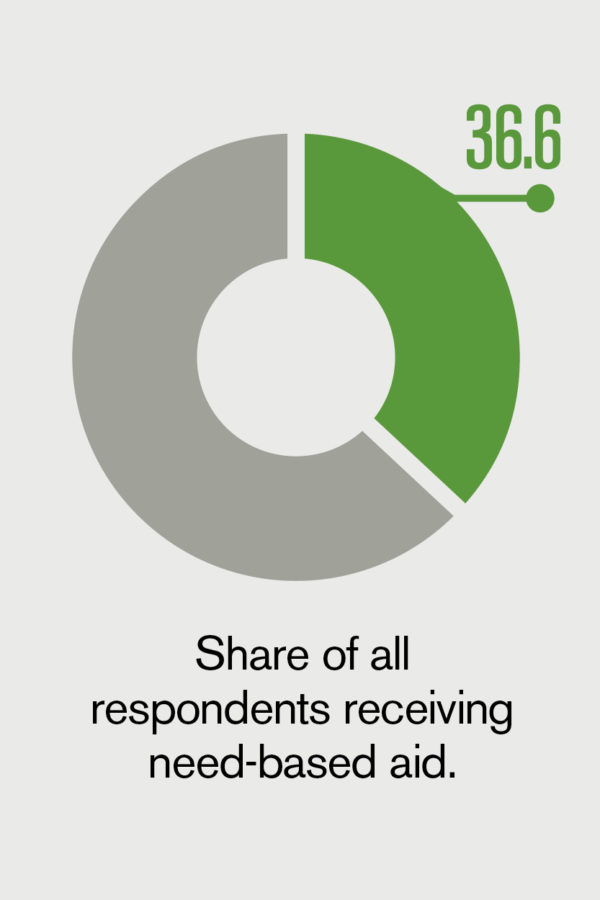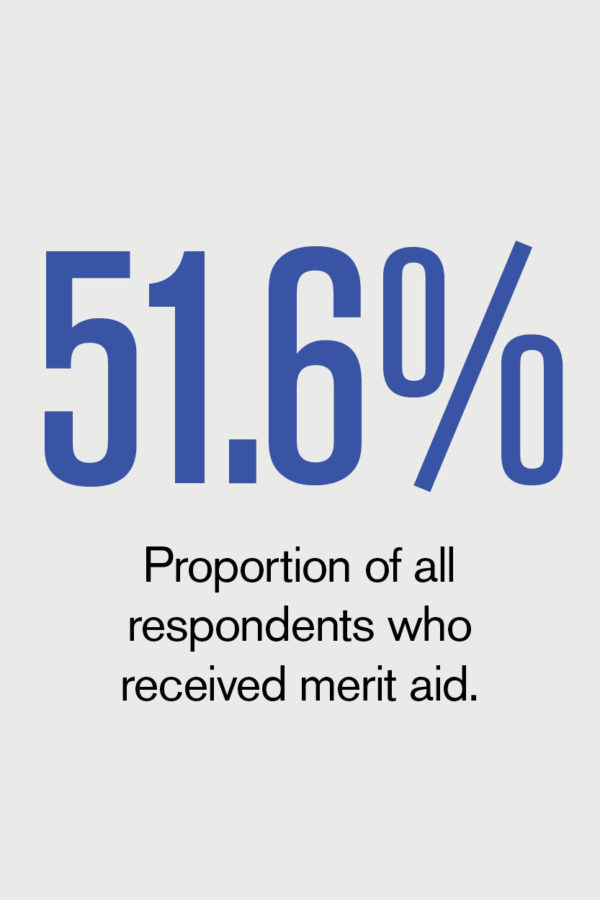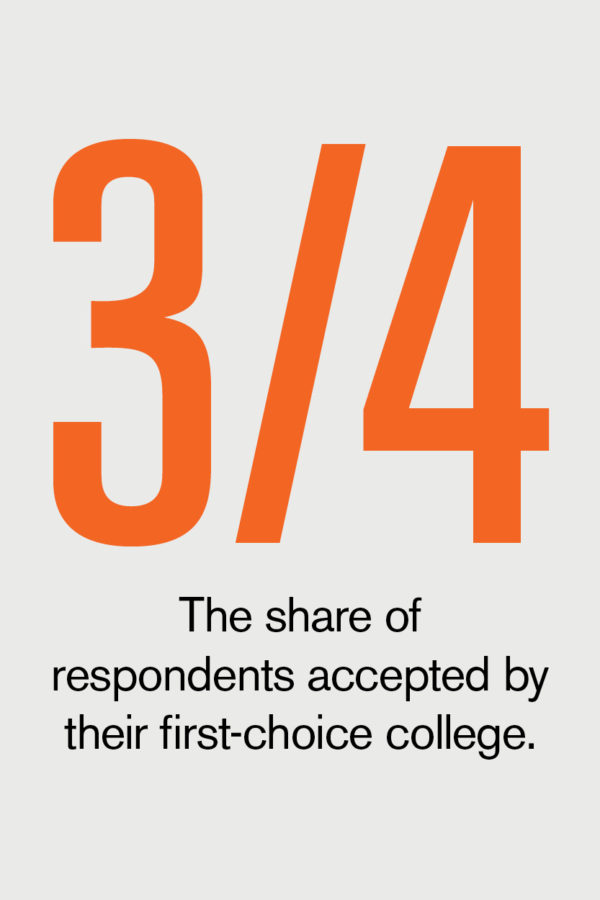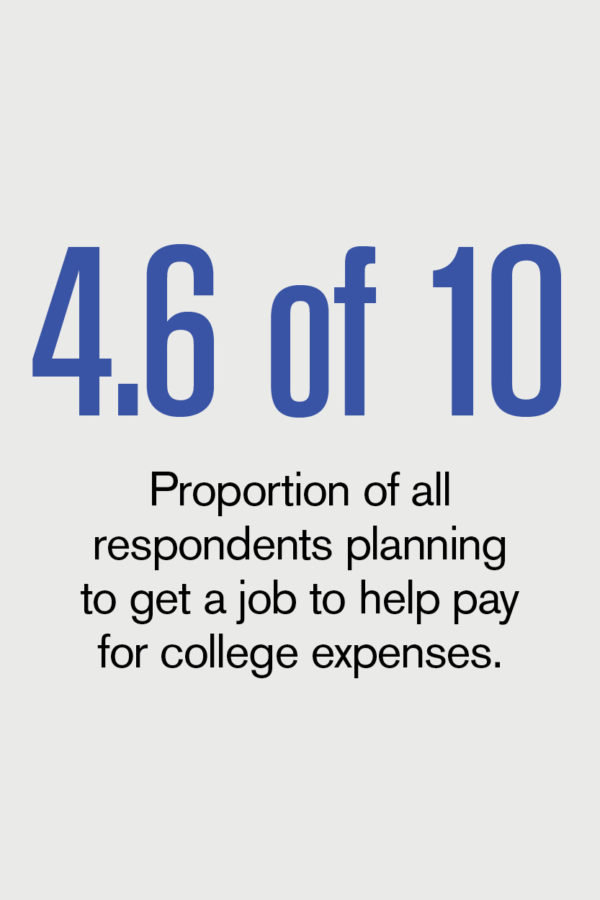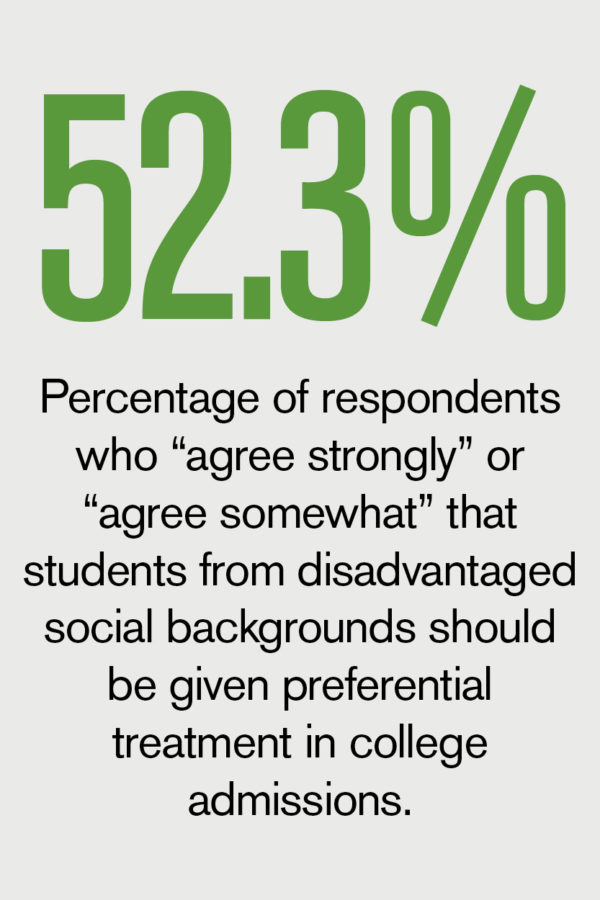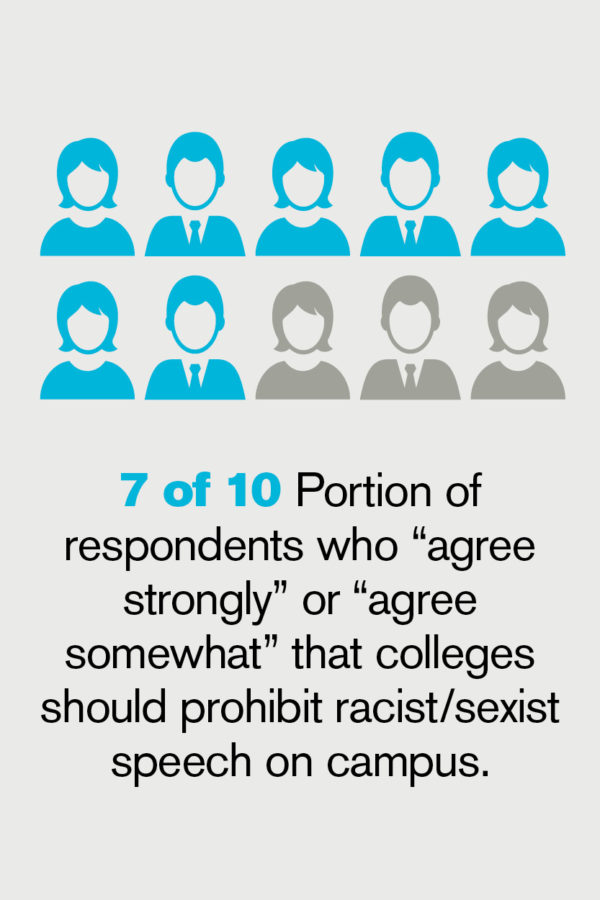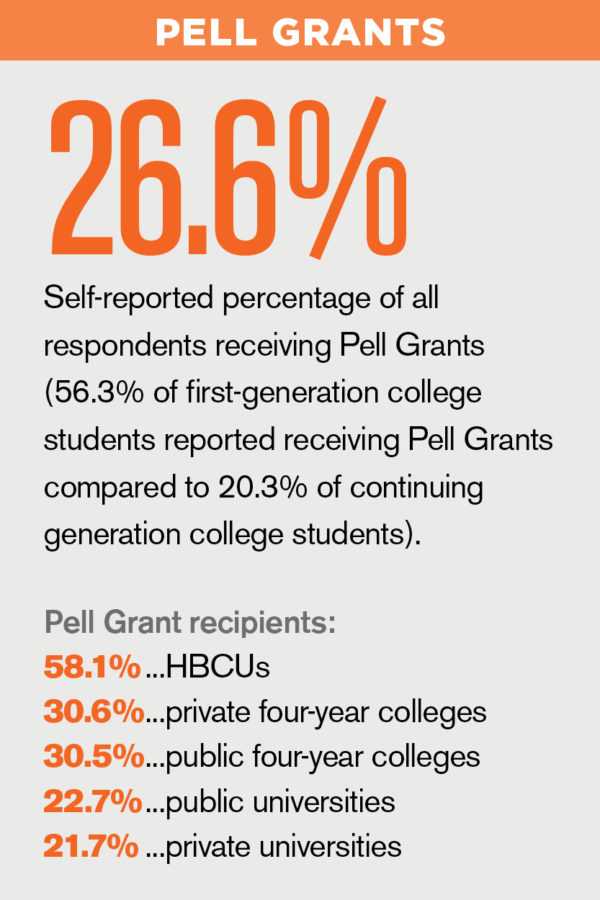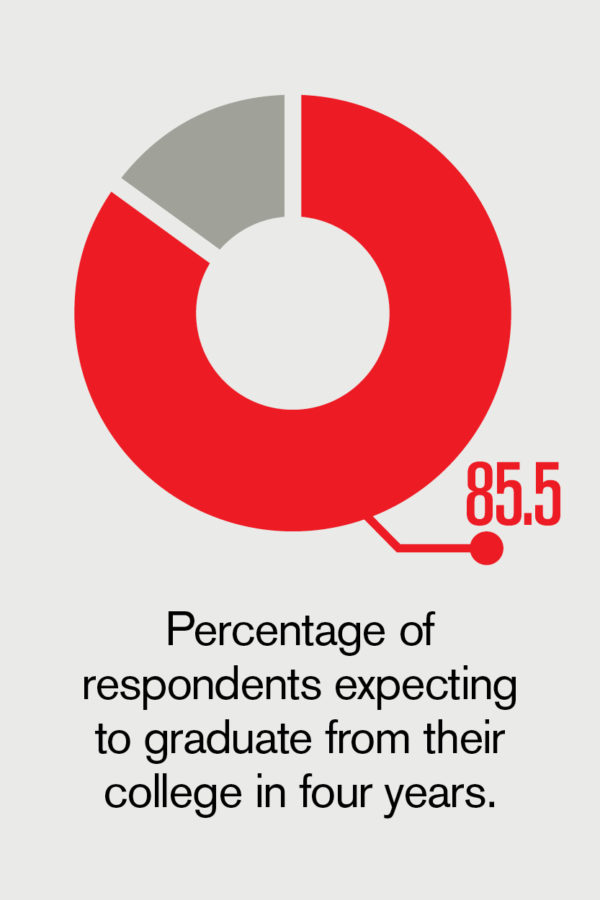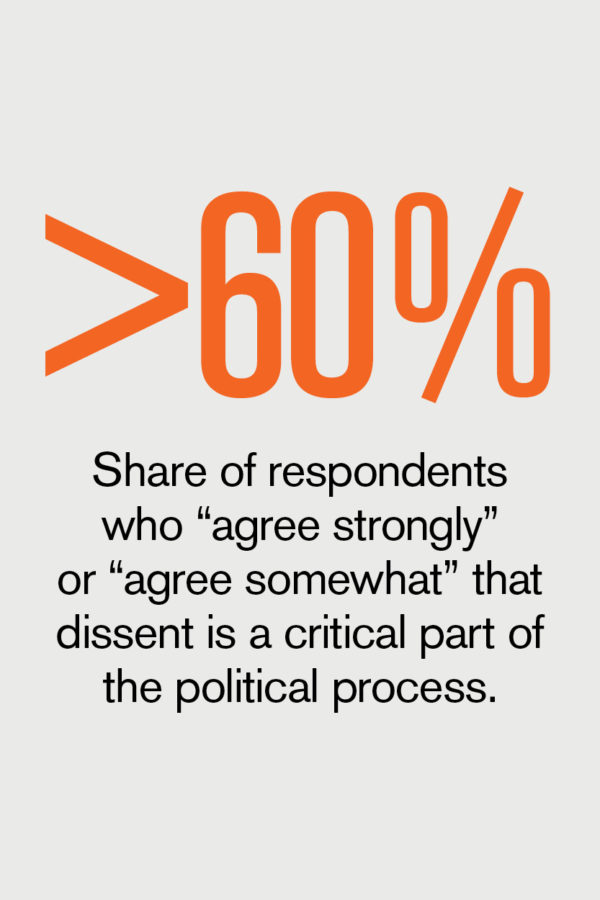It is 2 a.m., and a resident student is returning to the parking garage. She parks her car and is headed toward her dorm, when an unknown person confronts her, knocks her to the ground, and steals her purse and cell phone.
Or perhaps it is exam week, and students travel back and forth from residences to the library to take advantage of the extended hours and quiet time to prepare for finals. Two students become uneasy as several strangers follow them through a secluded part of campus.
These examples, and many more, occur often enough at our nation’s colleges and universities to gain media and stakeholder attention. In the meantime, parents entrust their children’s safety to the campus public safety or security department at the student’s chosen school.
Such scenarios are a focus for university leadership at California State University, Northridge, Calif. (CSUN), a sprawling, 356-acre campus located in the heart of the San Fernando Valley. Responsibility for the safety of the more than 42,000 students falls under the direct responsibility of Anne Glavin, chief of police at CSUN. Chief Glavin’s department is comprised of multiple divisions including patrol, investigations, traffic safety, K–9, and the Matador Patrol (free personal safety escorts). She is constantly looking for innovative ways to increase safety and reduce crime on campus.
Growing Concerns
Several years ago, Glavin knew that, with security incidents on the rise, her department needed to increase surveillance efforts across the campus. Funding, however, was limited, and the ability to add full-time officers wasn’t possible, so Glavin considered increased use of video surveillance technology. She talked with students, staff, and police officers to gauge what and where the perceived threats were. She then met with her chain of command, including Colin Donahue, vice president of administration and finance, along with University President Dianne Harrison. The two key leaders understood the problem and embraced the idea of exploring additional video surveillance.
“My first step was to identify where it made sense to add cameras to the campus, while maintaining the collegial environment that CSUN is known for,” says Glavin. “We could start with our parking lots and garages, which had experienced a high rate of auto theft and vehicle break-ins. I also wanted video surveillance of main pedestrian walkways, popular gathering spaces on campus, and the main administration building included in the initial camera deployment.”
Researching Details, Options
Glavin’s next step was to identify a partner to help assess the situation, design a plan, and find the right solution to mitigate campus security issues. At the same time, the university’s communications center could not add significant workload for camera monitoring. “The dispatcher’s primary role is to answer and respond to calls for assistance,” says Glavin, “and I did not want to distract officers from that central focus.” Instead, the police department was looking for a solution that would be a force multiplier, allowing officers to enhance their efforts by patrolling with cameras. Peers had relayed to Chief Glavin that the cost of actively monitoring security cameras could be substantial, especially when you assume the cost of one full-time equivalent, 24 hours per day, could be as high at $170K per year.
Glavin began to investigate whether video analytics would give the communications center staff the ability to monitor cameras when necessary, while not compromising their primary role. She had already met with public safety leaders, some of whom had deployed video analytics and achieved demonstrable benefits at campuses such as Johns Hopkins University, in Baltimore; and Catholic University of America, Washington, D.C.
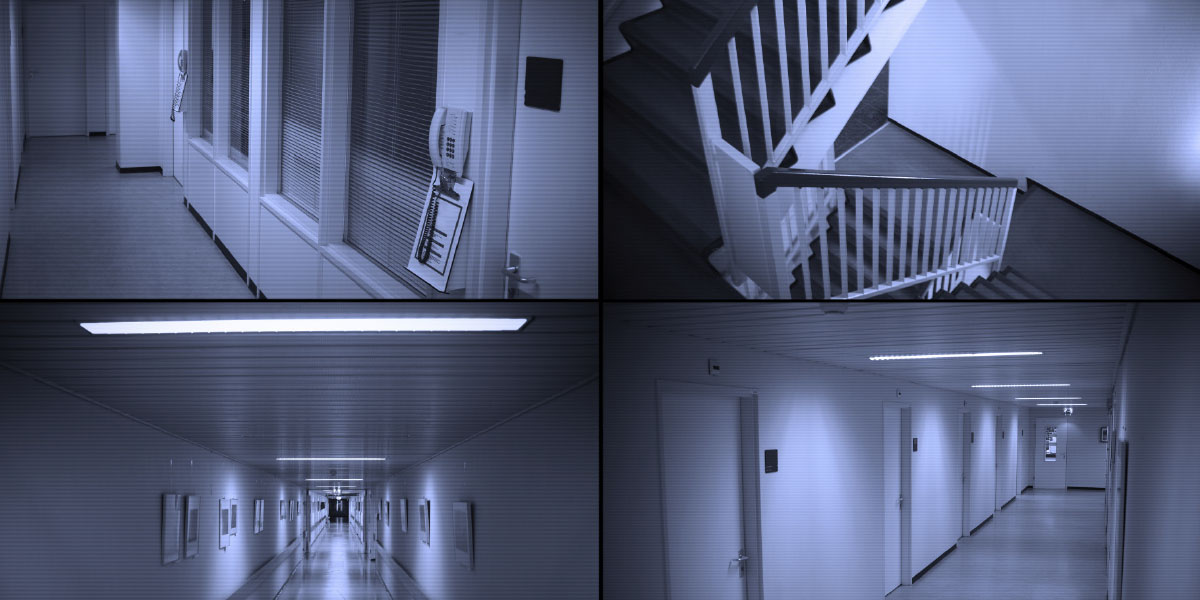
After researching various companies and speaking with other chiefs she respected, Glavin selected IXP Corp., of Princeton, N.J.; a company with which she had worked when she was the chief of police at the Massachusetts Institute of Technology. The company’s initial role was to assess the current campus environment, design video surveillance solutions, and deliver a business case that outlined project capital budget requirements and project implementation timelines.
Rollout and Results
Glavin reviewed the project with Donahue and Harrison, who approved the strategy to move forward. “My meetings with university leadership helped crystallize the commitment and support from the top down, and became the driving force behind what ultimately became Phase 1 of our project deployment,” she says.
Work started during the summer of 2014, with the first 150 cameras installed and configured by early December. A comprehensive training program for police officers and dispatchers covered the cameras’ locations, instructions on operating the equipment, and a review of the university policies governing the use of video surveillance.
Results were immediate for the police department. The video and analytics systems provided the police with real-time video information, so that officers could respond as the situation required—all without a noticeable increase in the overall communications center workload.
Glavin notes, “This project required the cooperation and coordination of many university departments and subcontractors, along with the services provided by IXP. At the end of the day, we have a solution that meets our objectives and gives us actionable information.” Dispatchers are able to identify situations that are out of the ordinary and to provide information to first responders, when there is a camera in the vicinity. Investigators are also able to review larger amounts of recorded video, using the system’s analytics, to determine timing, location, and other factors related to campus incidents.
“The project proved so beneficial that we are in the advanced planning stage for a second phase of camera deployments in our housing environment starting in 2016; and Phase III in 2017 is focused on critical infrastructure,” explains Glavin.
SUBMITTED BY Michael Anderson, director, IXP Corp., Princeton, N.J.



